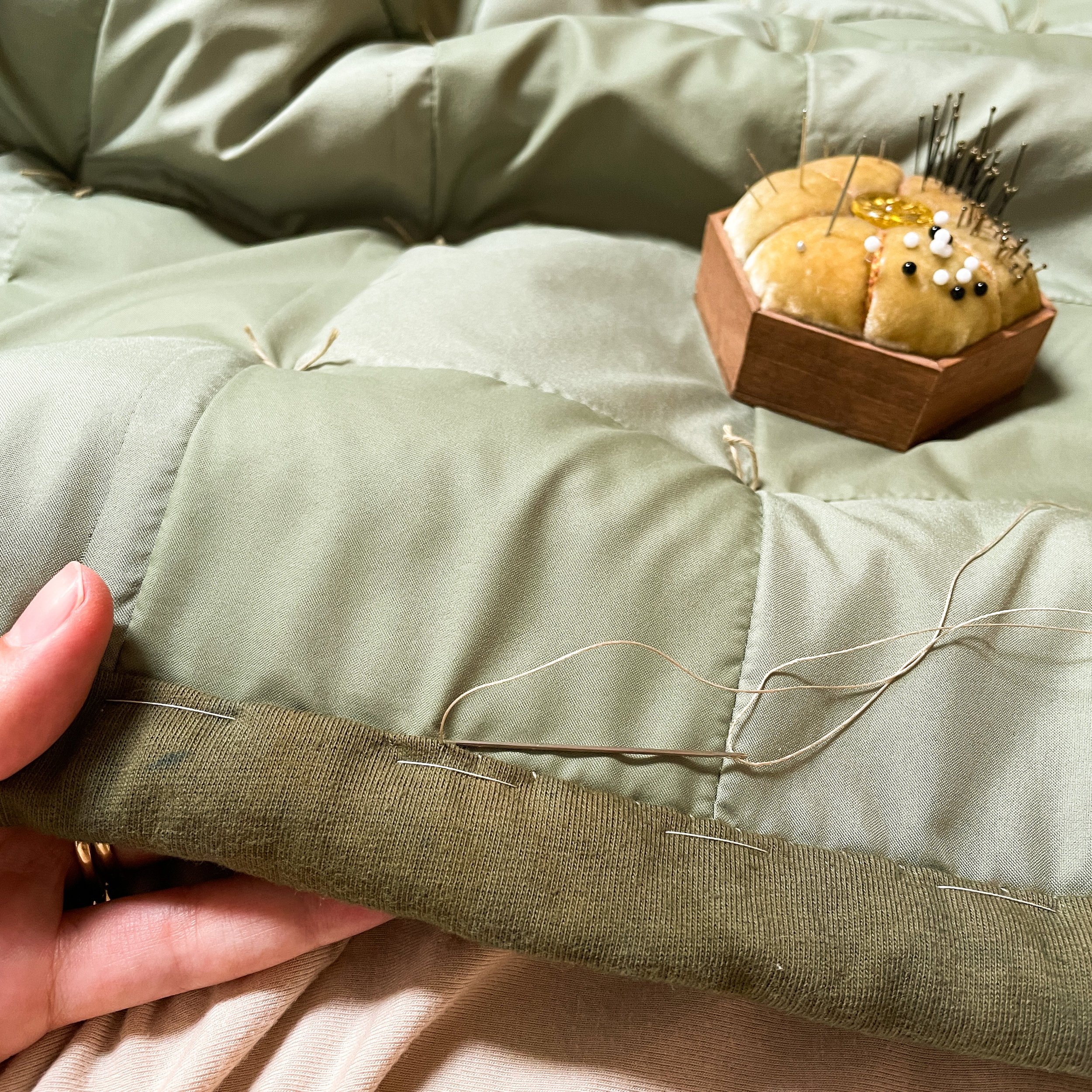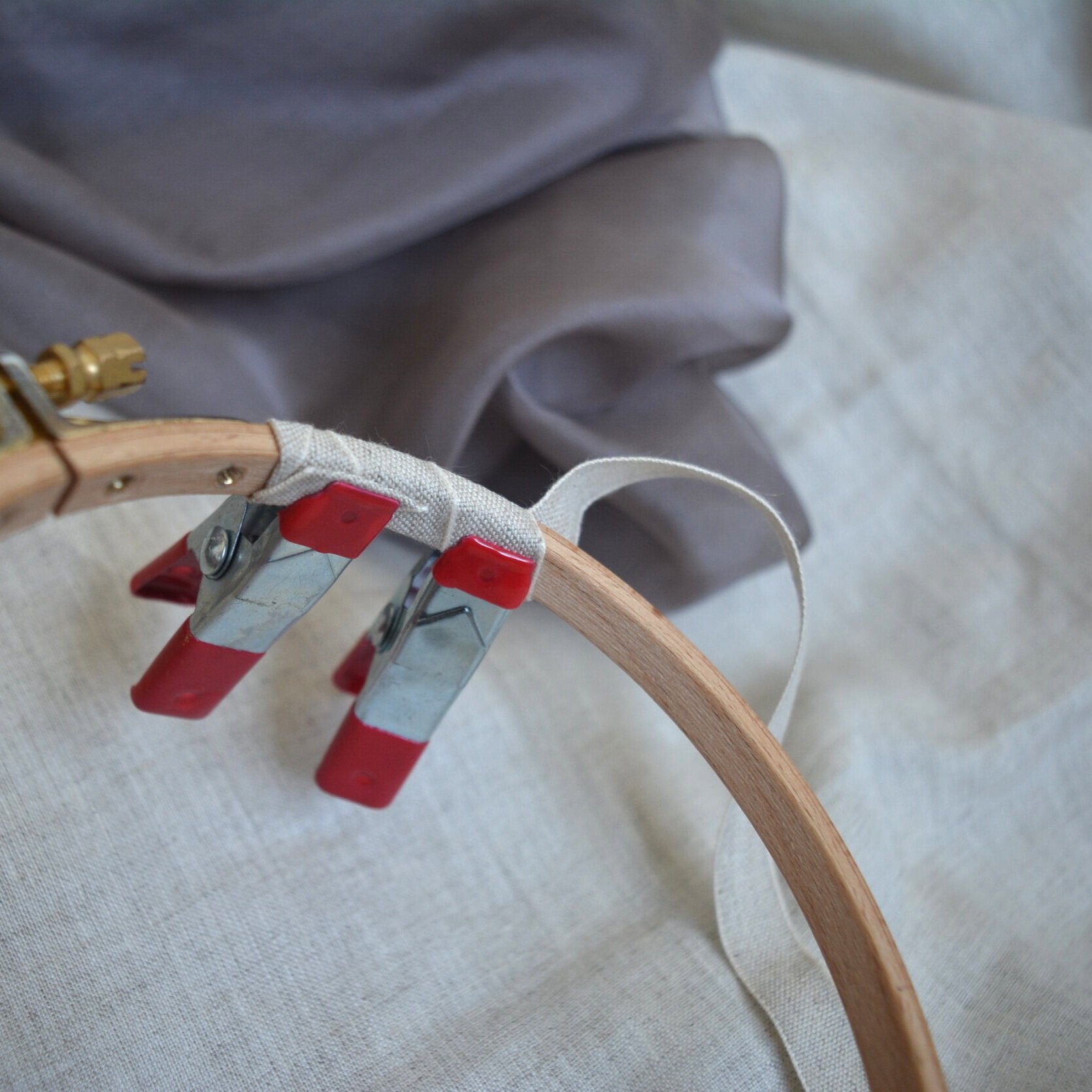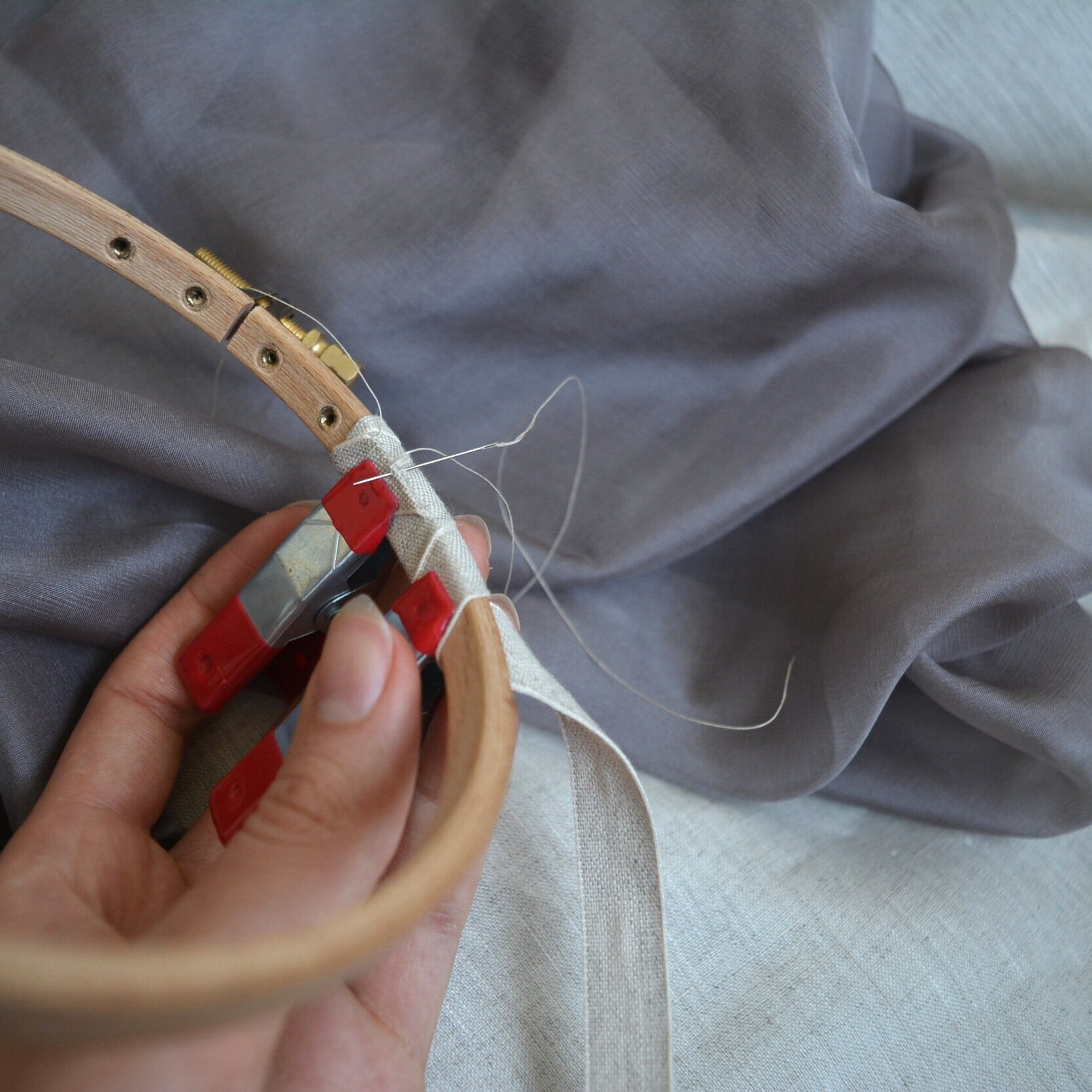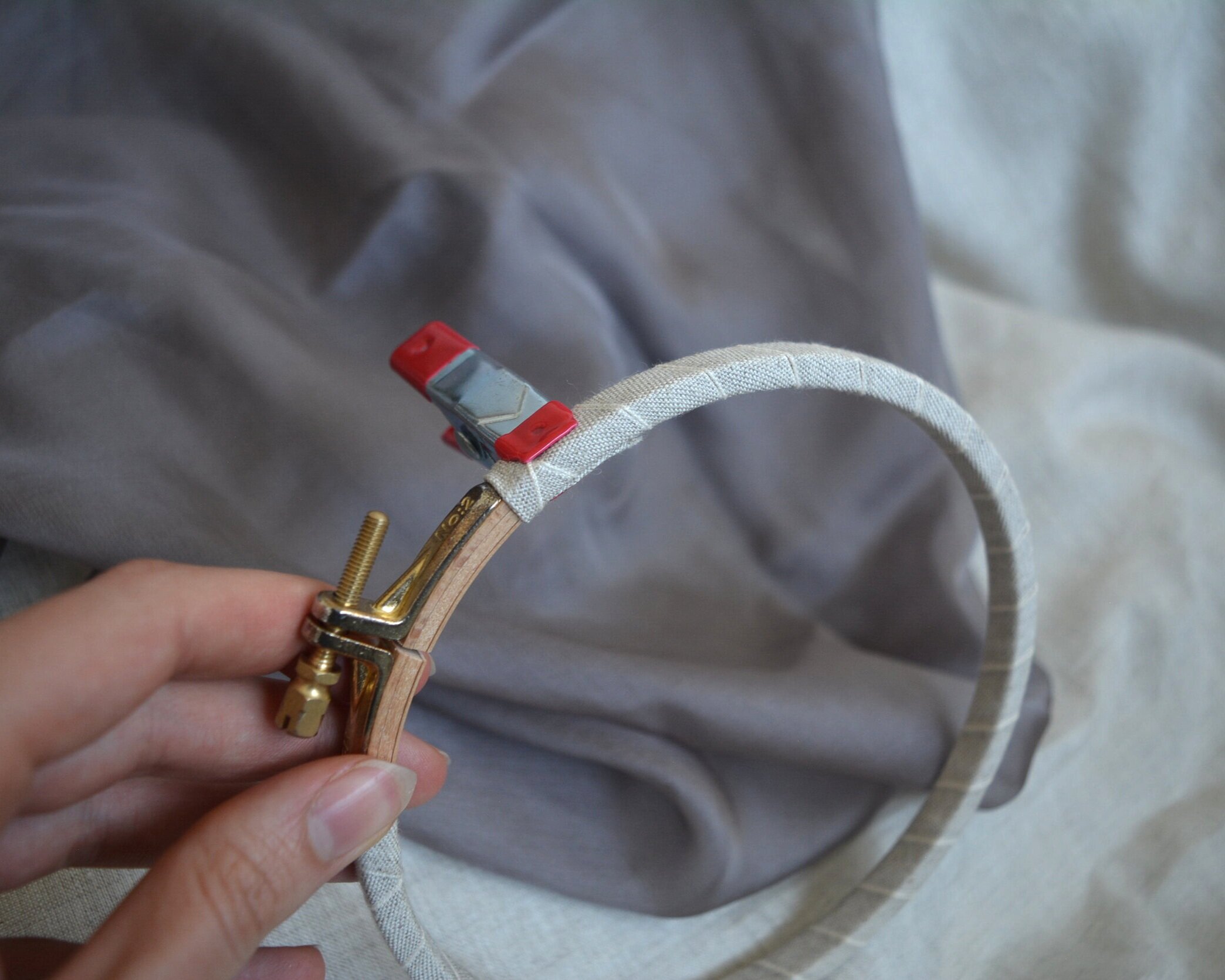Free Printable Blank Cross Stitch Sheets
/Some links in this blog post may be affiliate links. This means if you click through and purchase the product, I earn a small commission at no additional cost to you. Thank-you.
Sometimes it’s super handy to have a physical cross stitch grid that you can colour in. Maybe you want to design your own pattern, or test out new colours with a pattern you already have. You can also print a grid onto some Sulky Stick’n Stitch, and use this water-soluble cross stitch grid to cross stitch onto your clothes. I’ve made a blank grid in every popular size that you can download for free! I hope you find these helpful.
cross stitch grids printed on Sulky Stick’n Stitch
Note about the interfacing I use: Sulky Stick’n Stich is the exact same product as Sulky Sticky Fabri-solvy. The company brands the product in two different ways, trying to appeal to both home sewists and hand embroiderers.
When you are printing these files, make sure you print at 100% scale. Also note that while the grid goes right to the edge of the page in these PDF files, your printer will cut off a little bit on the edges. Every printer will have slightly different margins. As long as you print at 100% scale, your grid will be correct.
After printing, please double check your scale. On each PDF there is a 1” x 1” box. Measure that box to make sure it actually measures 1” x 1”, and then count the number of squares going across the box to make sure it matches your desired fabric count. For example, the 14 ct. paper will have 14 stitches per inch.
8 count blank cross stitch paper: download pdf here
10 count blank cross stitch paper: download pdf here
12 count blank cross stitch paper: download pdf here
14 count blank cross stitch paper: download pdf here
16 count blank cross stitch paper: download pdf here
18 count blank cross stitch paper: download pdf here
20 count blank cross stitch paper: download pdf here
Below are some photos showing me using the grid to stitch on a sweater. I will be writing another blog post soon with my tips for stitching on clothing and stretchy fabrics, so stay tuned! I will update this blog post with a link as soon as I have that put together.






























